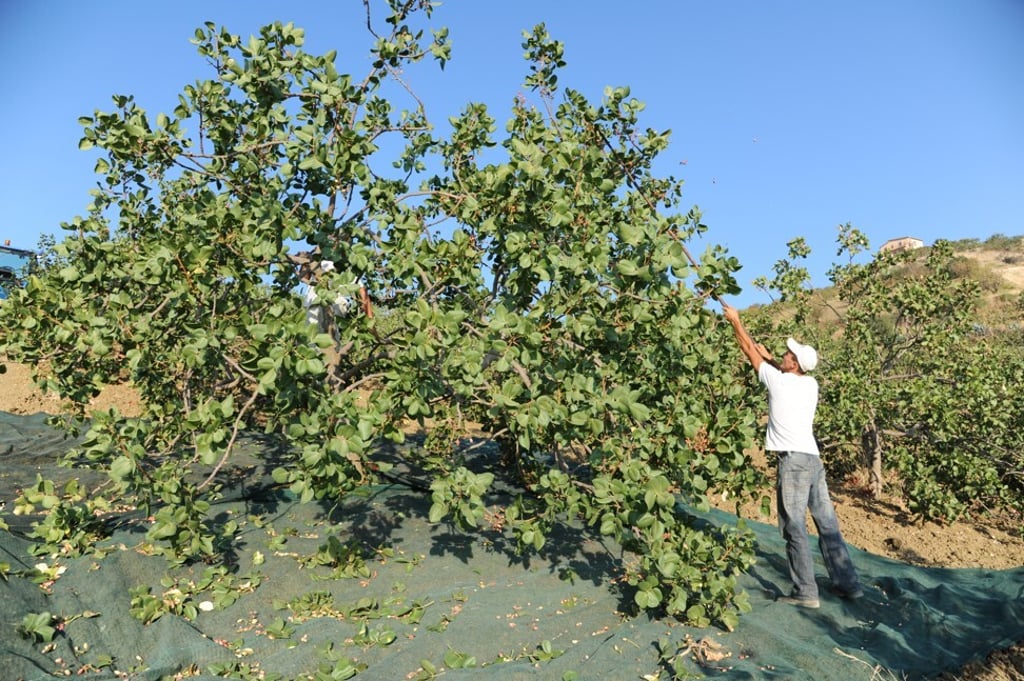Story of the pistachio: the nut’s origins in the Middle East, and how Italy grows the finest variety, newly popular in China
- Known in China as the ‘smiling nut’ because of its semi-open shell, the pistachio is the seed of a fruit – and the best of them grow in Sicily’s volcanic soil
- Too pricey for serving as salted snacks, they are prized by makers of confectionery and ice cream and have health benefits, such as lowering cholesterol levels

Sicily’s premium pistachios are so coveted that local police use helicopter patrols to guard the harvest. Long known for its connections to the mafia, Italy’s southernmost province also has to contend with pistachio hijacking.
Dubbed “green gold”, or just “the emerald”, this choice pistachio variety is grown in the countryside around the town of Bronte, where the black volcanic soil of Mount Etna, one of the world’s most active volcanoes, has made the terrain particularly fertile. The most expensive pistachio in the world, the Bronte variety is the king of the pistachio family.
Thieves try to ravage these Sicilian pistachio plantations once every two years, in September when the harvest begins. The estate owners abandon their homes in town and move temporarily to their plantations, where they stay in their country houses and make the most of the harvest with long picking days in an attempt to keep the bandits at bay.
A smaller yield of pistachios comes from the nearby town of Raffadali, where centuries-old plantations grow in a mineral-rich earth that is said to enhance the nut’s sweet flavour.

With 4,000 tonnes produced each year, Italy accounts for just one per cent of global pistachio production, but the Italian variety’s prestige is increasing and conquering Asian markets, primarily Japan and Thailand, and is slowly gaining favour in China.
Chinese gourmets like the pistachio; they call it affectionately the “smiling nut” because of its semi-open shell, which looks like a smile. Despite its appearance, however, the pistachio is not a nut, but the seed of a fruit.
